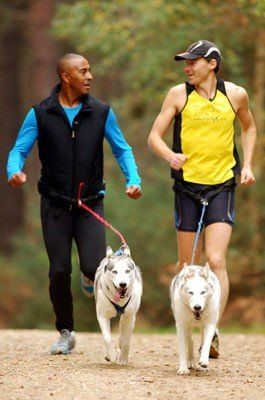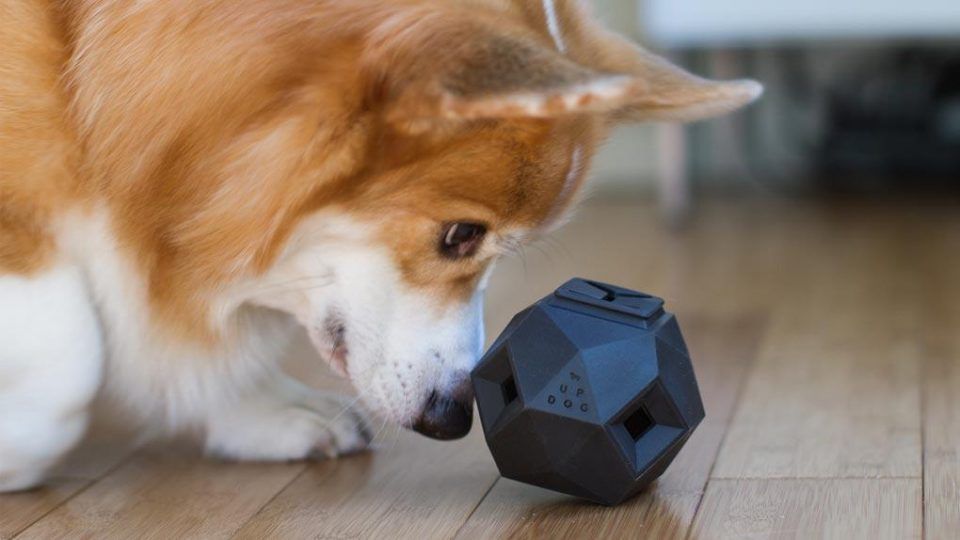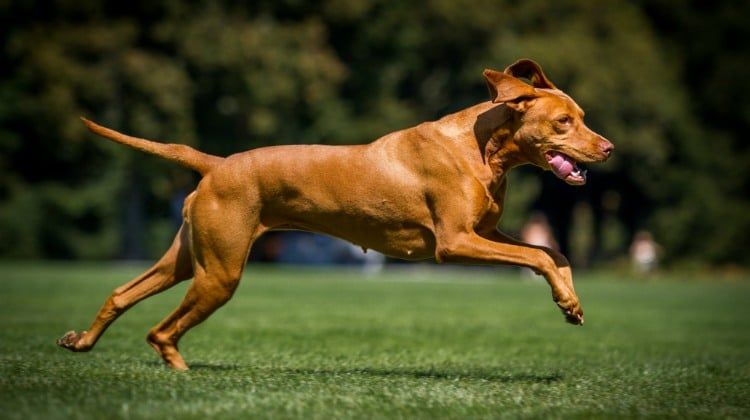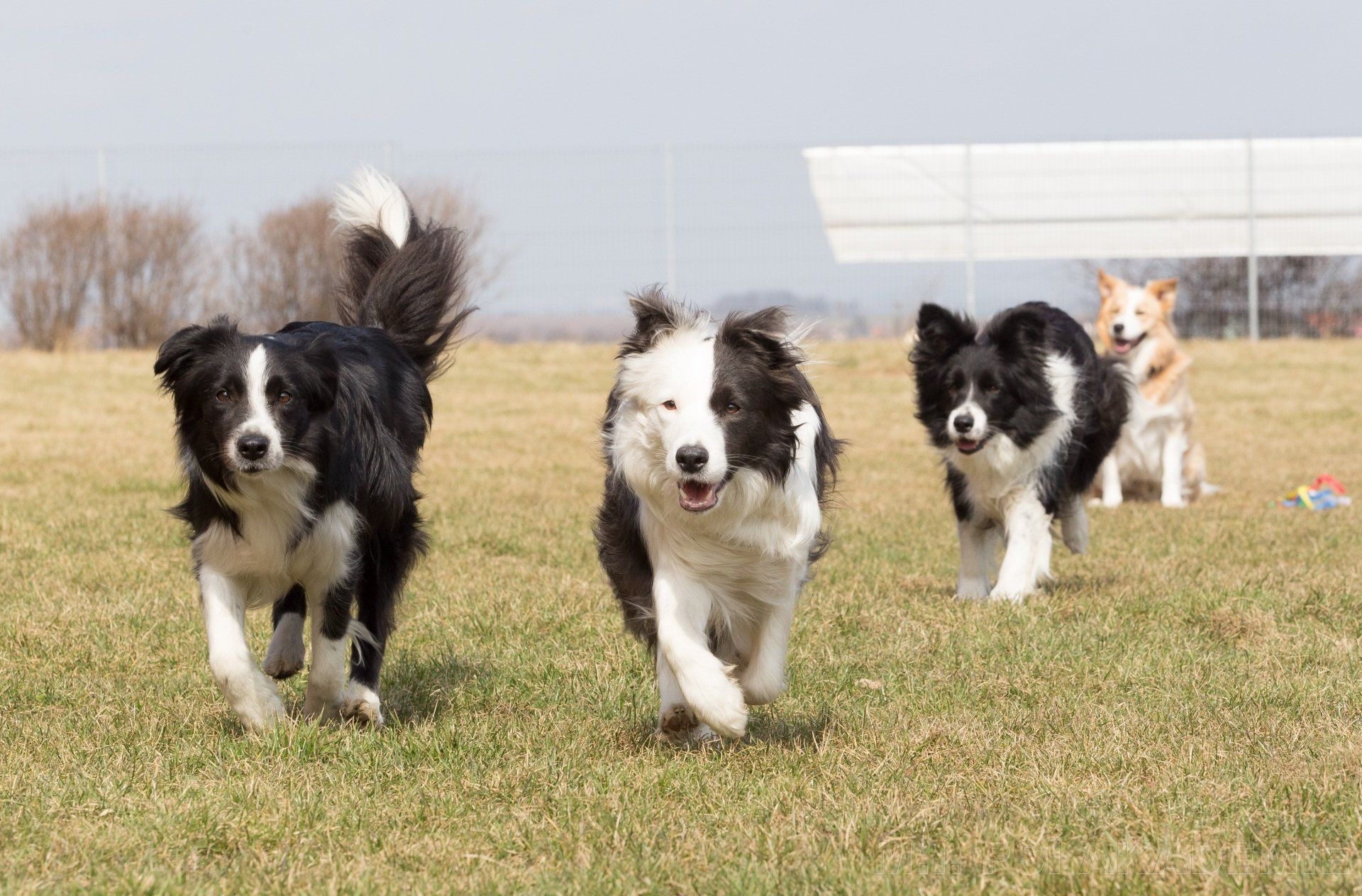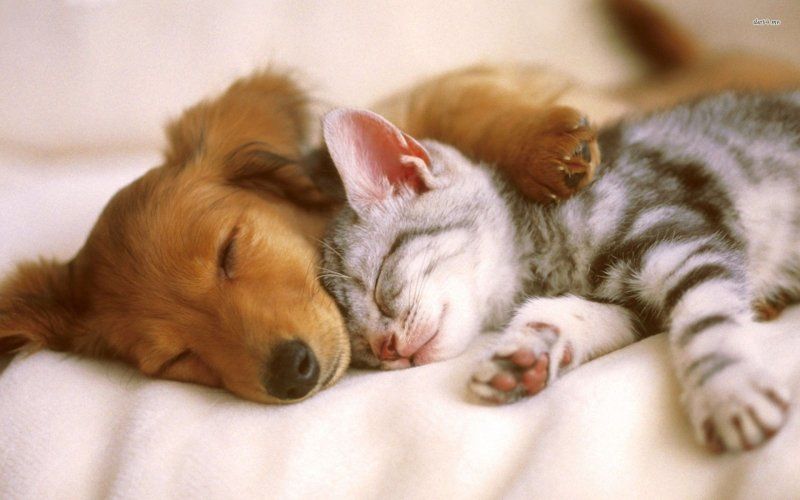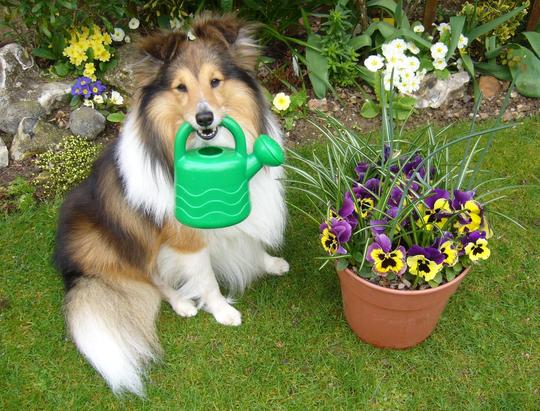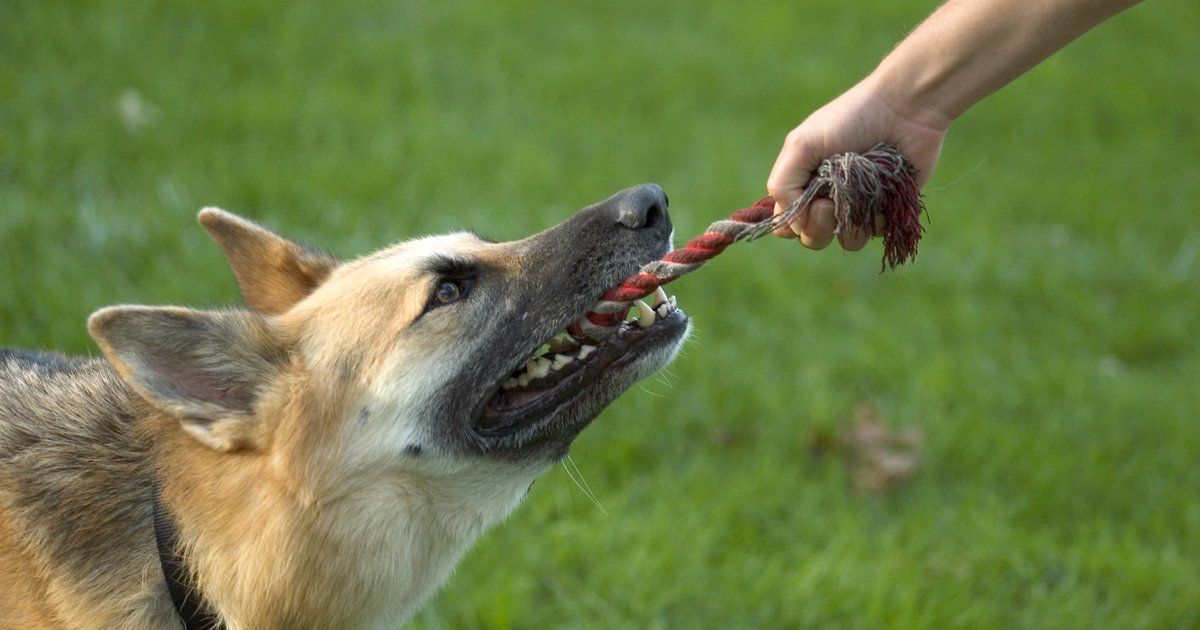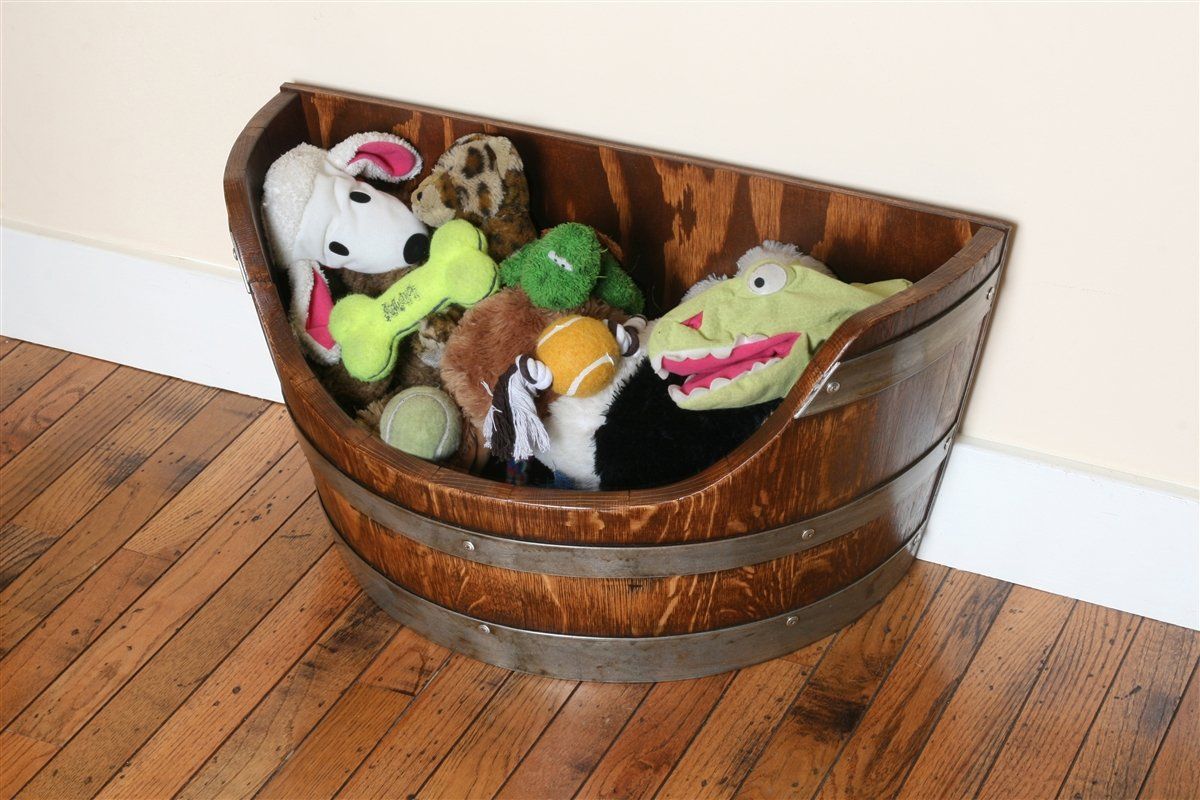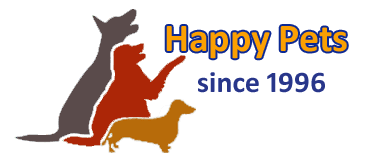Importance of Grooming
Care & maintenance
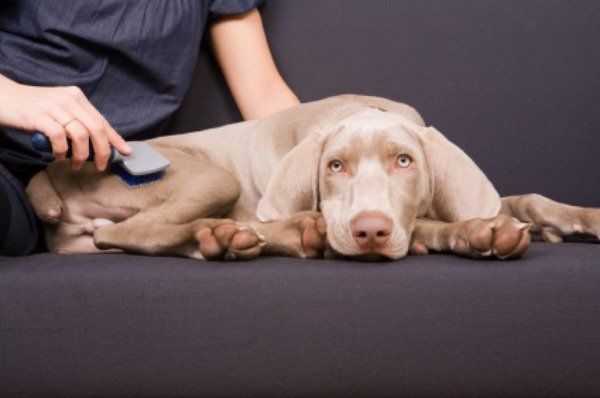
Grooming your dog, regardless of what type of coat he has, is an important habit to develop. Besides helping maintain your dog healthy and in good condition, avoiding discomfort and pain, it is an amazing tool that aids in the development of the so important bond between the dog and human.
Brushing your dog's coat for example, helps maintain good blood circulation, more so on long haired dogs than short haired dogs, due to the occurrence of mats and tangles in the coat. It helps release natural oils and get rid of grease. It can even tell you if something is physically wrong with your best friend.
If you see an adult long haired dog that isn't brushed, he will be having clogs of hair that pull and tighten, getting very close to the skin. Besides causing an immeasurable amount of discomfort and pain when moving, it leads to bad blood circulation to all the blood vessels that exist close to the skin in that area. Any build up of grease in the coat can lead to blocked pores in the skin, which can cause sebaceous cysts, and if you probably check the hair between the paw pads, you might find balls of matted fur that become hard with dirt and grease, causing suffering and distress.
A dog that is in constant pain and stress, feeling restraint and aware that certain movements will hurt - such as running - will become easily annoyed and frustrated, leading to lack of patience and a snappy behaviour towards people and other animals, especially the ones he doesn't know.
We all know how people can get just by being a little bit hungry (hangry), so now imagine having a constant pain every time you look up or take a step.
So just looking at brushing, we can already see how regular grooming can lead to a happy and stress free dog, that feels more comfortable in his skin and body.
WARNINGS
If you take your very matted dog to a professional groomer, you will be told off as it is seen as cruelty;
You will be charged a lot more than if you had maintained it at home;
You might even find some groomers that eventually take you off their books and refuse to provide their services due to hassle of dealing with your very difficult dog. A dog that isn't used to be groomed and inspected will be snappy and yappy, desperate to escape, taking much longer to groom, and getting your dog very anxious and upset.
